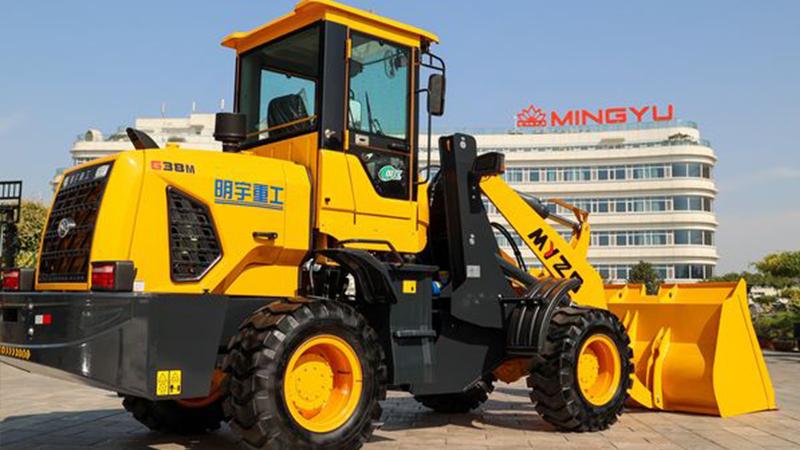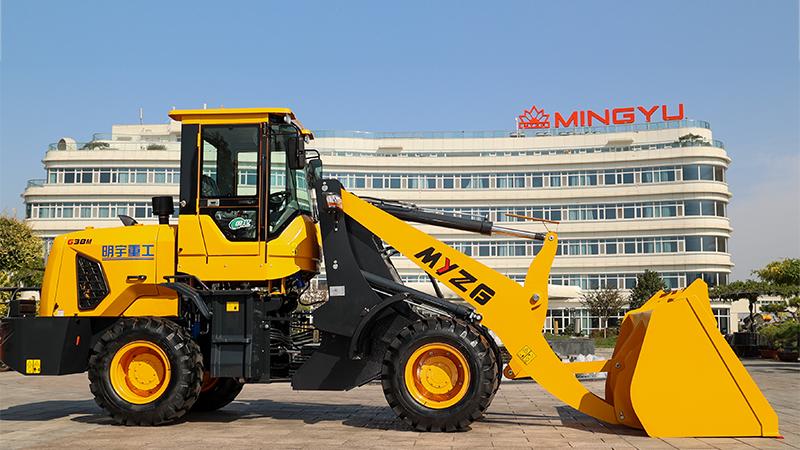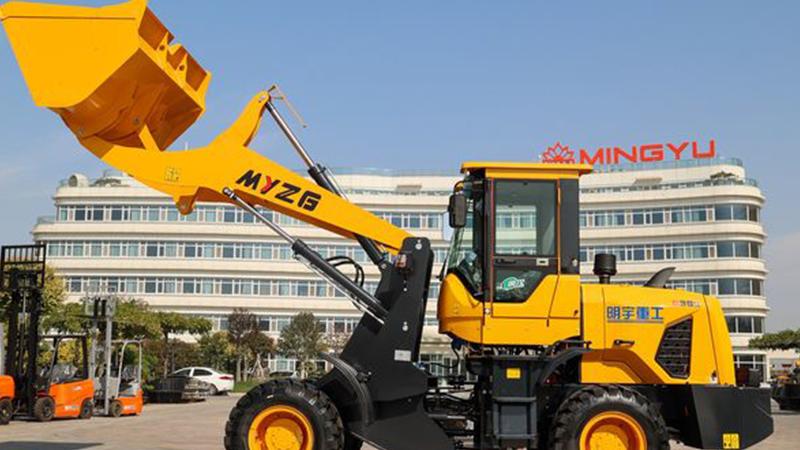When examining Caterpillar's offerings in the 5-ton class, we find a carefully segmented product lineup designed to meet different customer needs and budgets. The 950 GC (General Construction) serves as the entry point, starting around $180,000 and providing essential features for basic material handling tasks. Moving up the range, the standard 950 model offers enhanced performance characteristics and operator comforts at $210,000-$230,000. For those prioritizing fuel efficiency and advanced powertrain technology, the 950 XE commands premiums above $240,000, representing Caterpillar's most sophisticated offering in this size class.
Volvo's L90 series presents an equally compelling alternative with its own distinct advantages. The base L90 model begins at approximately $220,000, showcasing Volvo's renowned focus on operator ergonomics and workplace comfort. The L90H high-performance variant reaches $250,000 and beyond, delivering superior breakout force and lifting capacity for demanding applications. Special edition models equipped with premium packages can approach $280,000, catering to customers who want the ultimate in wheel loader technology and comfort features.
Several critical factors influence the final price beyond the base model specifications. Engine technology represents one of the most significant cost differentiators, with Tier 4 Final diesel engines adding $12,000-$18,000 over previous emission standards. The industry's move toward electrification introduces even more substantial price variations, as emerging electric prototypes currently carry a 35-45% premium over their diesel counterparts. Alternative fuel options like LPG and CNG conversions typically add $8,000-$12,000 to the base price, appealing to operations with specific fuel availability or environmental considerations.
The selection of attachments and work tools can substantially impact the total investment required. While standard general purpose buckets in the 2.0-2.5 cubic yard range come included with the base price, specialized attachments command significant premiums. Rock, coal, and waste handling buckets range from $5,000-$15,000, while fork attachments for pallet handling add $7,000-$12,000. Operations in colder climates often opt for snow equipment packages that typically cost $10,000-$18,000, demonstrating how application-specific needs can dramatically affect the bottom line.
Technology packages have evolved from nice-to-have options to essential differentiators that significantly influence pricing. Basic telematics systems for simple machine tracking represent an additional $3,000-$5,000 investment. More advanced systems featuring payload monitoring and detailed operational analytics range from $12,000-$20,000. The cutting edge of loader technology - semi-autonomous operation capabilities - currently commands premiums of $25,000 or more, though these systems promise substantial productivity gains and safety improvements that may justify their cost for many operations.
Regional market variations create substantial price differences across global markets. North American pricing tends to be highest due to strict emissions compliance requirements, higher manufacturing labor costs, and extensive dealer support networks. European markets see similar pricing structures but with greater emphasis on fuel efficiency and more compact machine dimensions suitable for urban worksites. Emerging markets often benefit from localized production that reduces import costs and sometimes less stringent emissions requirements, though these advantages may be offset by higher financing costs in some regions.
When evaluating wheel loader investments, savvy buyers look beyond the initial purchase price to consider total cost of ownership. Fuel consumption represents the largest ongoing expense, with Caterpillar's most efficient models burning 5-7 gallons per hour under typical operating conditions. Volvo's EcoMode technology reduces consumption by 10-15%, offering meaningful savings for high-utilization operations. The emerging electric models promise even greater savings with 50-60% lower energy costs, though their higher upfront prices and charging infrastructure requirements must be carefully considered.
Maintenance costs over a 10,000-hour lifespan reveal another important dimension of ownership economics. Standard diesel models typically incur $45,000-$60,000 in maintenance costs during this period, while advanced models with extended service intervals may only require $30,000-$45,000. Electric and hybrid models project even lower maintenance costs in the $20,000-$35,000 range, though long-term data remains limited as these technologies are still relatively new to the market.
Resale value retention represents another crucial factor in total cost calculations. Well-maintained Caterpillar and Volvo machines typically retain 55-65% of their original value after five years or 8,000 hours of operation, significantly outperforming the industry average of 45-55%. The residual value proposition for electric models remains uncertain as the secondary market for these newer technologies continues to develop, creating additional consideration for buyers evaluating alternative power options.

The wheel loader segment is currently undergoing significant transformation driven by several powerful trends. Electrification efforts have gained substantial momentum, with Volvo's prototype electric loaders showing particular promise in real-world testing. Caterpillar has taken a slightly different approach, focusing on hybrid solutions that combine conventional and electric power. Both manufacturers face the ongoing challenge of developing adequate charging infrastructure to support widespread electric loader adoption.
Automation represents another major area of development in the wheel loader market. Remote operation capabilities have become increasingly common, allowing for safer work in hazardous environments. More advanced site mapping and autonomous functions are currently in development, promising to revolutionize how loaders are utilized on job sites. These technological advancements bring not only productivity gains but also significant safety improvements that may ultimately change industry standards.
Alternative applications for wheel loaders continue to expand, creating new market opportunities. Recycling and waste handling configurations have grown in popularity as sustainability initiatives gain traction worldwide. Port and logistics operations have adopted specialized loader variants to improve material flow efficiency. Even the agricultural sector has found innovative uses for wheel loaders, particularly in large-scale farming operations where their versatility proves invaluable.
Post time:Aug.08.2025


